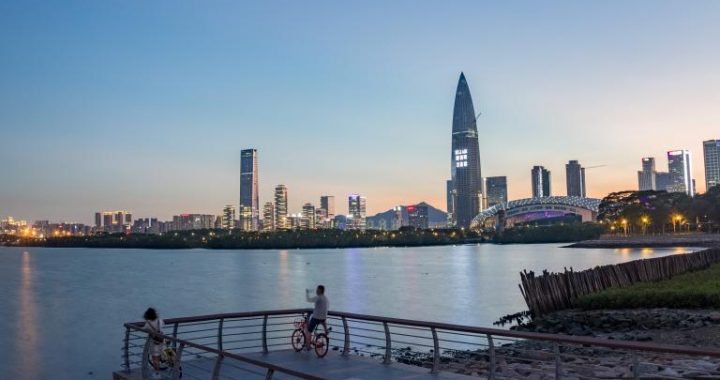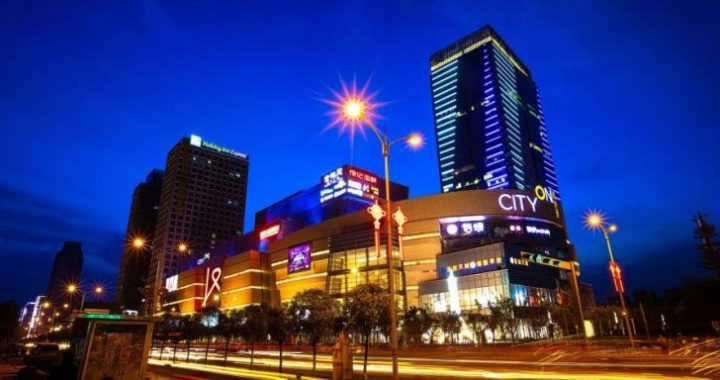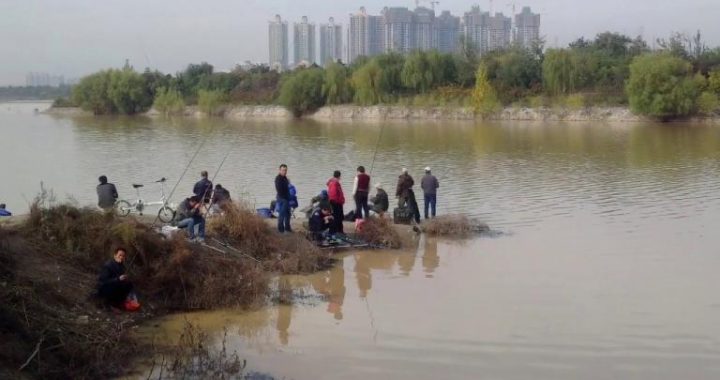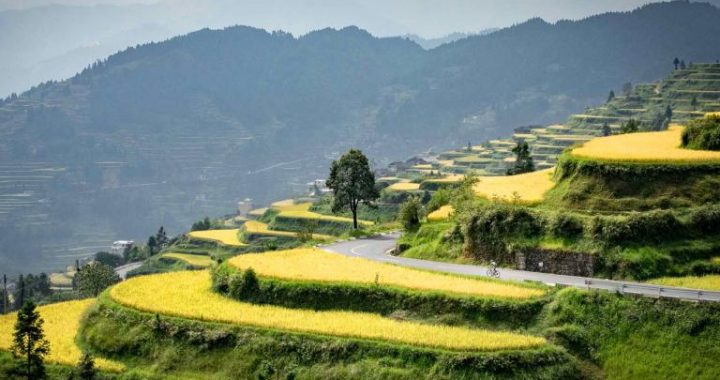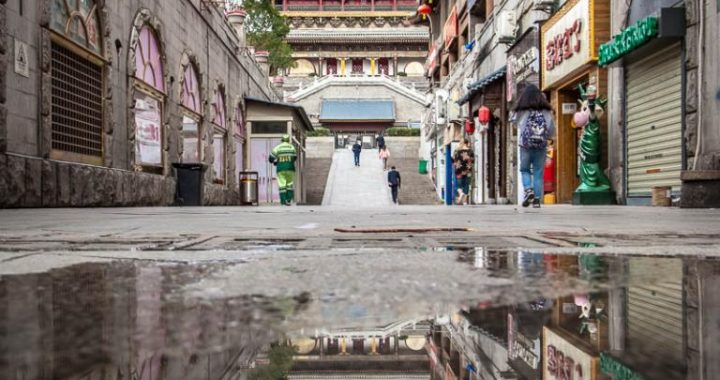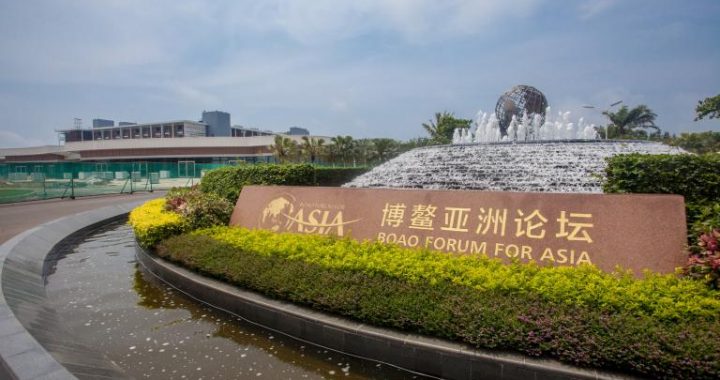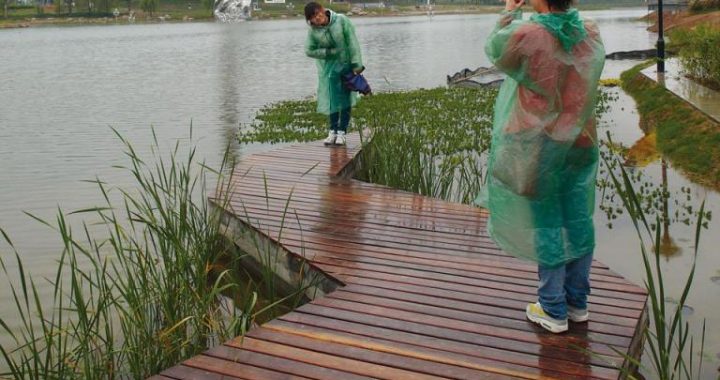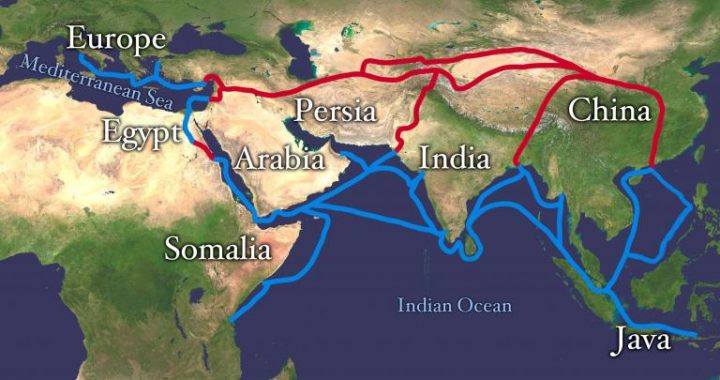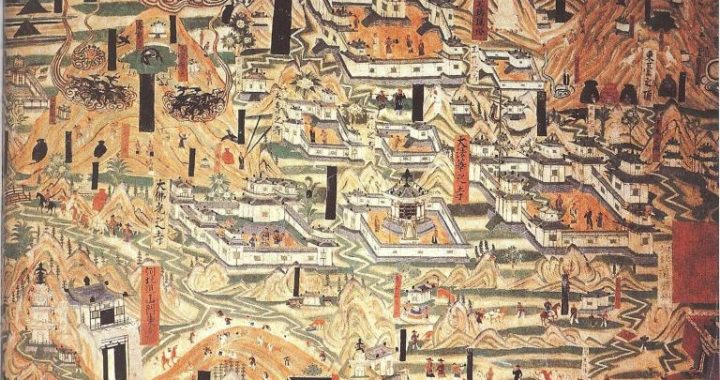Cultural Relics of Xi’an
4 min readCapital of twelve dynasties and a witness of the rise and fall of times, today, the city of Xi’ an continues to tell its residents what their ancestors did through numerous historical sites and cultural relics. Among them are the famous Qinshihuang’s Mausoleum and the Burial Pits of Terracotta Warriors and Horses, theSite of Chang’ an City of the Han dynasty, the Giant Wild Goose Pagoda in the Ci’ en Temple and the Huaqing Pool.
Qinshihuang’s Mausoleum and the Burial Pits of Terracotta Warriors and Horses Situated at the north foot of the Mount Lishan east of Lintong County, Xi’ an, Qinshihuang’s Mausoleum is the mausoleum of Emperor Yingzheng, the first emperor (which shihuang literally means) recorded in history. After more than thirty yearsof construction, the mausoleum was completed with two layers of walls segregating the underground capital into the imperial city and the imperial palace as the capital above the ground was. So magnificent it is, the mausoleum is literally”anunderground kingdom”. According to historical records, inside the mausoleum, there are all kinds of palaces with numerous treasures on display; around the Mausoleum are various burial pits, among which is the most famous one-the Burial Pits of Terracotta Warriors and Horses.
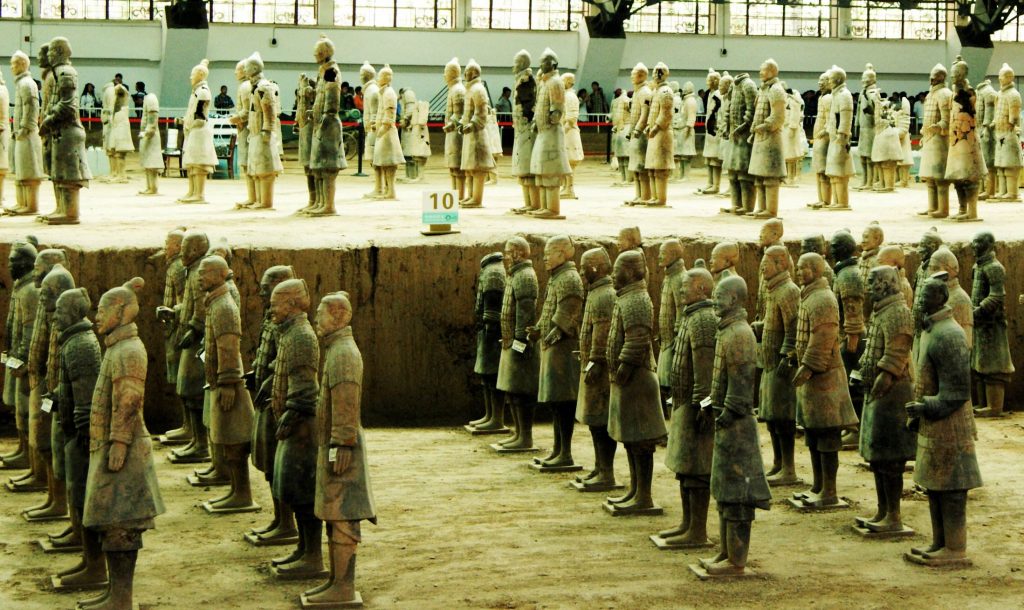
Qinshihuang’s Mausoleumin Lintong, Shaanxi province The discovery of the Burial Pits of Terracotta Warriors and Horses which are deemed as the “eighth wonder of the world”is the most significant archaeological discovery in the 20th century.A1l the unearthed terracotta warriors, horses, chariots and weapons are a testimony to the artistic achievements the Chinese scored in the Qin dynasty. Tall and imposing, the warriors of vivid and varied expressions, together with the horses, constituted a troop stationed to guard the underground imperial capital in the past and a treasury of the ancient Chinese arts at present. Some of the thousands of unearthed bronze weapons are still sharp and glistens aftebeing buried under the ground for more than 2000 years. This is a real wonder in the world history of metallurgy and demonstrates the wisdom of the Qin people.
The Mausoleum with the terracotta army, regarded as valuable as the pyramids in Egypt and the Statue of Zeus in Greece, is a cultural heritage of the whole world.
Burial Pits of Terracotta Warriors and Horses in Lintong, Shaanxi province The Site of Chang’ an City of the Han Dynasty Situated in the Hancheng village in the northeast suburb of today’s Xi’ an, the site is where the capital of Western Han dynasty used to be.
Built with rammed earth and completed in five years, the city wall,8 meters in height and 16 meters in thickness at the base, was imposing and solid. On the four walls surrounding the capital, there were three gates, built in different sizes yet all in accordance with strict rules. Inside the capital city which was neatly divided into nine blocks by wide and smooth streets, there were the three most important palace groups-the Changle Palace complex, the Weiyang Palace complex andthe Jianzhang Palace complex. Of the three, the Weiyang Palace, located southeast of the capital and also known as the West Palace, is the best preserved. Constructed on a plain called Longshouyuan, the palace well embodies the stateliness of the emperor.
Giant Wild Goose Pagoda in the Ci’ en Temple

Located in the south suburbs of Xi’ an, Ci’ en Temple, the home of the Giant Wild Goose Pagoda, was built by Emperor Gaozong of the Tang dynasty in memory of his mother Empress Wende(“Wen”menas gentle and “de”means virtuous) and has stood there ever since for more than one thousand years.
Simple yet solemn, the Giant Wild Goose Pagoda is of a firm structure built of grey bricks. Originally built with only 5 stories, now the Pagoda measures 64 meterhigh with additional two stories after several repairs. Externally it looks like a square cone while inside stairs twist up so that visitors can climb to the top.
On both sides of the south gate to the ground floor of the Pagoda stand two stone tablets on which are inscriptions of An Introduction to the Sacred Teaching ofMonk Tripitaka of the Great Tang Dynasty and Notes on the Introduction to the Sacred Teaching of Monk Tripitaka of the Great Tang Dynasty inscribed by Chu Suiliang,a famous calligrapher of the Tang dynasty. The two tablets, with a beautiful floral design on its sides as well as the calligraphic works, are important cultural relics for a study on calligraphy, paintings and carvings in the Tang dynasty.
Huaqing Pool
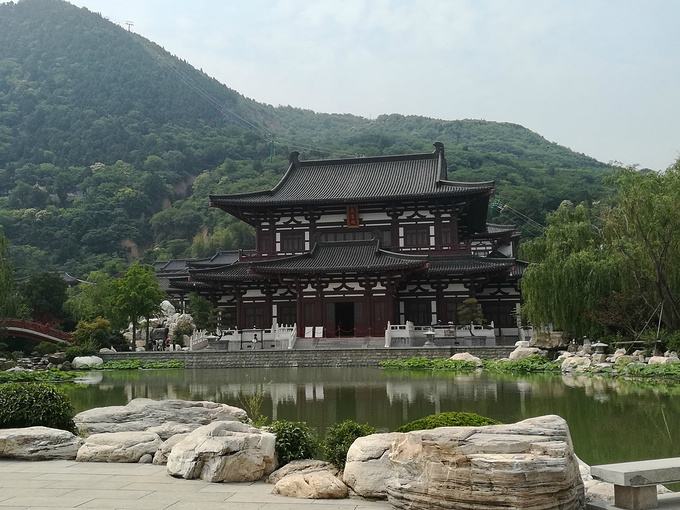
The Huaqing Pool, also known as the Huaqing Palace, is famed as a hot spring resort and situated at the foot of Mount Li 30 kilometers north to the city proper of Xi’ an. Around 3000 years ago, an emperor of the Zhou dynasty built a temporary imperial abode there. Ever since then, as a palace for leisure for emperors, it wasunder constant reconstruction through Qin, Han and Sui dynasties and was expanded several times in Tang.
After the change of dynasties and frequent wars, the original Huaqing Pool hadvanished into thin air long before. However, we can still gain a glimpse of the original based on the current one which was constructed in 1959 according to the original layout as is written in historical records.
